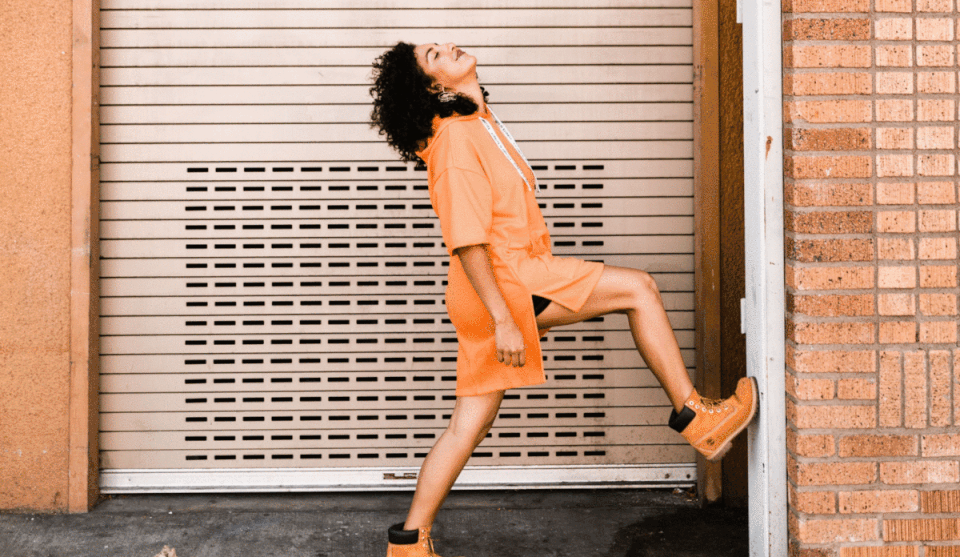Twn39
Models by this creator

lama

2
lama is an AI model for image inpainting, developed by twn39 at Replicate. It is a resolution-robust large mask inpainting model that uses Fourier convolutions, as described in the WACV 2022 paper. lama can be compared to similar inpainting models like gfpgan, sdxl-outpainting-lora, supir, sdxl-inpainting, and stable-diffusion-inpainting, all of which aim to fill in masked or corrupted parts of images. Model inputs and outputs lama takes two inputs: an image and a mask. The image is the original image to be inpainted, and the mask specifies which parts of the image should be filled in. The model outputs the inpainted image. Inputs Image**: The original input image to be inpainted Mask**: A mask that specifies which parts of the image should be filled in Outputs Output Image**: The inpainted image with the masked regions filled in Capabilities lama is capable of performing high-quality image inpainting, even on large, irregularly-shaped masks. It can handle a wide range of image content and resolutions, making it a versatile tool for tasks like photo restoration, object removal, and scene completion. What can I use it for? lama can be used for a variety of image editing and restoration tasks. For example, it could be used to remove unwanted objects or people from photos, fill in missing or damaged parts of old photographs, or create new content to complete a scene. It could also be used in creative applications, such as generating new artwork or manipulating existing images in unique ways. With the ability to handle large masks and high resolutions, lama is a powerful tool for professional and hobbyist image editors alike. Things to try One interesting aspect of lama is its ability to handle large, irregularly-shaped masks. This allows users to remove significant portions of an image while maintaining high-quality inpainting results. Experimentation with different mask shapes and sizes can reveal the limits of the model's capabilities and uncover creative new use cases.
Updated 10/4/2024

bshm-portrait

1
The bshm-portrait model is a portrait segmentation AI model developed by twn39. This model can be used to extract the subject from a portrait image, separating the person from the background. It can be a useful tool for tasks like image editing, compositing, or creating high-quality portrait photos. The bshm-portrait model is similar to other portrait and image segmentation models like gfpgan, real-esrgan, lama, supir, and rembg-enhance. These models all aim to improve or manipulate portrait and image content in various ways. Model inputs and outputs The bshm-portrait model takes a single input - an image. The output is also an image, which is the original input image with the background removed, leaving only the portrait subject. Inputs Image**: The input image, which should be a portrait or headshot of a person. Outputs Segmented Image**: The original input image with the background removed, leaving only the portrait subject. Capabilities The bshm-portrait model can effectively extract the subject from a portrait image, separating the person from the background. This can be useful for a variety of image editing and compositing tasks, such as creating high-quality portrait photos, removing unwanted backgrounds, or placing subjects into new scenes. What can I use it for? The bshm-portrait model can be a valuable tool for photographers, designers, and content creators who work with portrait images. Some potential use cases include: Removing distracting backgrounds from portrait photos to create a more focused and professional-looking image Extracting portrait subjects to composite them into new backgrounds or scenes Preparing portrait images for further editing, such as retouching or applying special effects Creating high-quality portrait assets for use in graphic design, web design, or multimedia projects Things to try With the bshm-portrait model, you can experiment with various portrait images to see how well the model can extract the subject. Try using the model on a range of portrait styles and subjects, from formal headshots to more casual, candid photos. You can also try combining the bshm-portrait model with other image editing tools and techniques to further refine and enhance your portrait photos.
Updated 10/4/2024